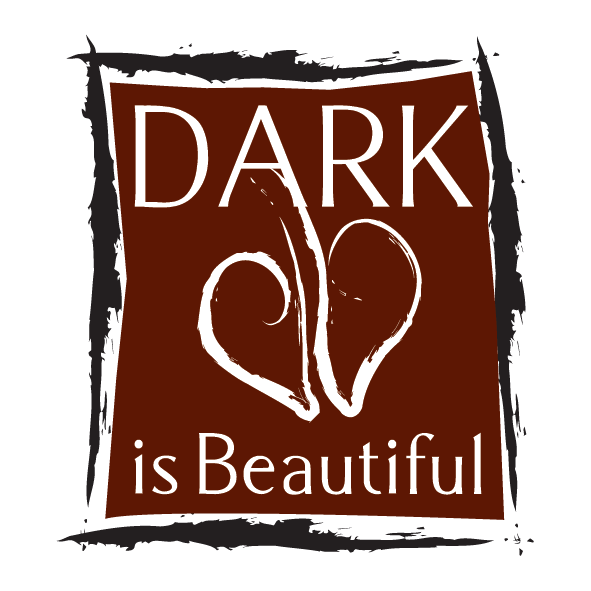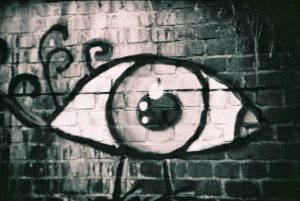The “Dark is Beautiful” campaign has an underlying assumption— that Beauty exists! It is a clear reference to the ubiquitous existence of beauty in our world. It is also a bold challenge to social attempts to fracture beauty. One attempt to do so is by pitting one skin colour against another. The campaign asserts that that beauty is not contained in one colour but in many— individually and together. The campaign also asserts that beauty is not skin deep.
Prior to the Dark is Beautiful campaign, when was the last time you actually heard a public debate on beauty? Not likely that you did. Not surprising, either. It’s easier to use a TV ad to assault your senses than to present a logical argument to challenge your reason.
I recently heard a male celebrity protest that he had every right to choose his skin colour. How can you argue with that? Except that when a personal preference is advertised as a public good, it has made itself a subject of public scrutiny and judgment. So, if a celebrity says that endorsing a product is his right, then the public has an equal right (and I think, an obligation) to judge it. Else, his personal preference must be parked within the confines of his own thinking.
It’s a pity that we have allowed the contemporary discourse on beauty to be hijacked by beauty pageants and advertisers. Both groups are in bed together— cultural elite who seek to control and manipulate the minds of the masses by entering the citizen’s mind through the backdoor of the senses and not through the front door of Reason.
| Beauty exists. Science cannot reduce it. Religion cannot deny it. (Photo: western4uk) |
How can we begin to think more deeply about beauty? Here are some preliminary considerations.
We don’t all agree on what it means to be beautiful. Some find Madonna beautiful. Others disagree. They find Mother Teresa’s face beautiful. I should not be surprised that not everybody finds babies and sunsets beautiful. We implicitly recognize that beauty defies straightforward objective standardization.
Not surprisingly, all cultures have their own notions of beauty and happily disagree about what it means to be beautiful. The fact of beauty is an objective reality. Our interpretationsof beauty are subjective and culturally influenced.
Beauty stirs us: A blade of grass glistening in the sunlight, a child’s laughter, haunting lyrics, the face of a woman, the integrity of a truth-teller and a graceful prowling tiger. There are moments in life when we encounter beauty and we have a heart-arrest, an out-of-body experience, transportation outside of ourselves. When beauty grips us, we are less preoccupied with ourselves. Sometimes, it makes us blush. At other times, it evokes awe.
It appears that we are the only species that recognizes beauty. This is no mere evolutionary superiority. While animals’ instinctive biological drive is excited by colour, scent, sound, etc., humans’ perception goes beyond the sensory. We have the unique ability to describe beauty and to judge it. We write songs about it or produce pieces of art around it. We even fight over what we consider beautiful. Pascal wryly remarked that “Cleopatra’s nose, had it been shorter, the whole face of the world would have been changed.”
Beauty exists. Science cannot reduce it. Religion cannot deny it.
So, what does this unique ability to discern beauty tell us? Does it say anything at all? Is it simply brute fact or a signifier? Well, that’s a discussion for another day.




isn't it an assumption that we are the only species that recognizes beauty. I think we certainly our the only species that defines beauty as one thing and not the other.
nice post, I really love your blog! Would you like to follow each other with bloglovin'? free online coupons code